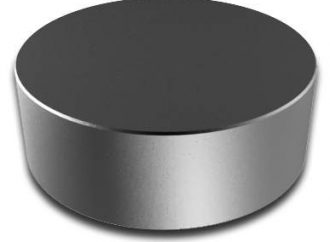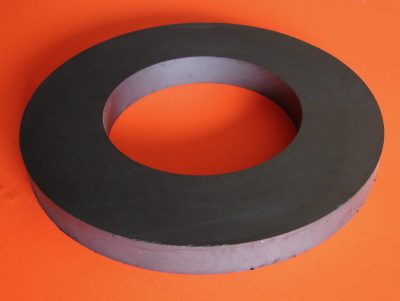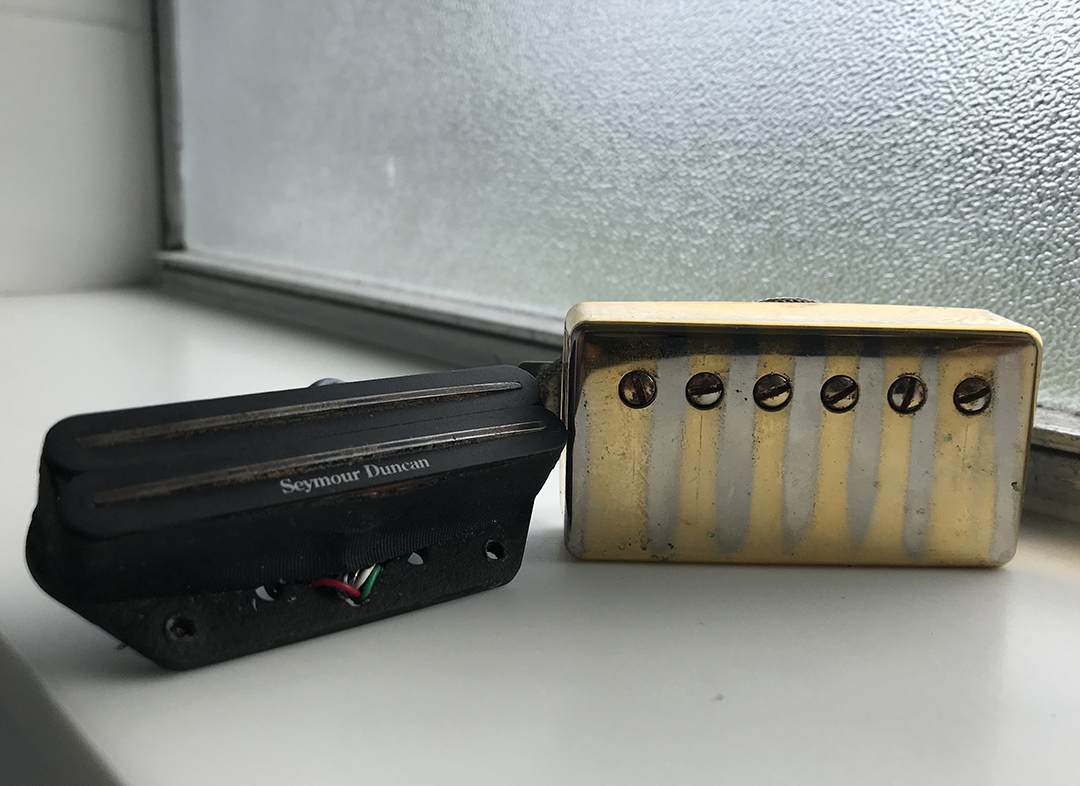A ceramic is any of the various hard brittle heat resistant and corrosion resistant materials made by shaping and then firing a nonmetallic mineral such as clay at a high temperature.
What is ceramic magnet definition.
Ceramic magnets also known as ferrite magnets were developed in the 1960 s as a low cost alternative to metallic magnets.
As with all magnet alloys ceramic magnets.
They are electrically nonconductive meaning that they are insulators and ferrimagnetic meaning they can easily be magnetized or attracted to a magnet.
Learn more about ceramic magnets.
A ferrite is a ceramic material made by mixing and firing large proportions of iron iii oxide fe 2 o 3 rust blended with small proportions of one or more additional metallic elements such as barium manganese nickel and zinc.
Ceramic magnets are less expensive than alnico and neodymium magnets with a lower temperature threshold than alnico but greater than neodymium.
Ceramic magnets have the lowest energy density of the commercially viable alloys but are by far the most cost effective.
While their hard brittle quality and low energy exclude them from some applications ceramic magnets have won wide acceptance due to their corrosion and demagnetization resistance and low price per pound.
The magnetic field typically produced by rare earth magnets can exceed 1 4 teslas whereas ferrite or ceramic magnets typically exhibit fields of 0 5 to 1 tesla.
The crystallinity of ceramic materials ranges from highly oriented to semi crystalline vitrified and often completely amorphous e g glasses.
In some cases they may not be suitable for all projects.
Commercially prepared magnetic ceramics are used in a variety of permanent magnet transformer telecommunications and information recording applications.
Common examples are earthenware porcelain and brick.
Magnetic ceramics oxide materials that exhibit a certain type of permanent magnetization called ferrimagnetism.
Lower grade ceramic magnets can be non oriented.
Ceramic magnets composed of strontium carbonate and iron oxide.
However there are also some disadvantages to the magnet.
Ceramic magnet material is extremely brittle and can chip or break if dropped on a hard surface or if allowed to jump at an attracting object.
Ceramic magnets are used in mri machines.
Often sacrificing space and using more ceramic ferrite magnet alloy is a very good trade off for the low cost.
Ferrites are chemical compounds ceramic with iron iii oxide fe 2 o 3 as their principal components many of them are magnetic materials and they are used to make permanent magnets ferrite cores for transformers and in various other high tech applications.
Many ferrites are spinels with the formula ab 2 o 4 where a and b represent various metal cations usually including iron.
They are composed of iron oxide and strontium carbonate.
Global rare earth magnet market to reach usd 10 6bn by 2026 finds new market report.
This article describes the.





























